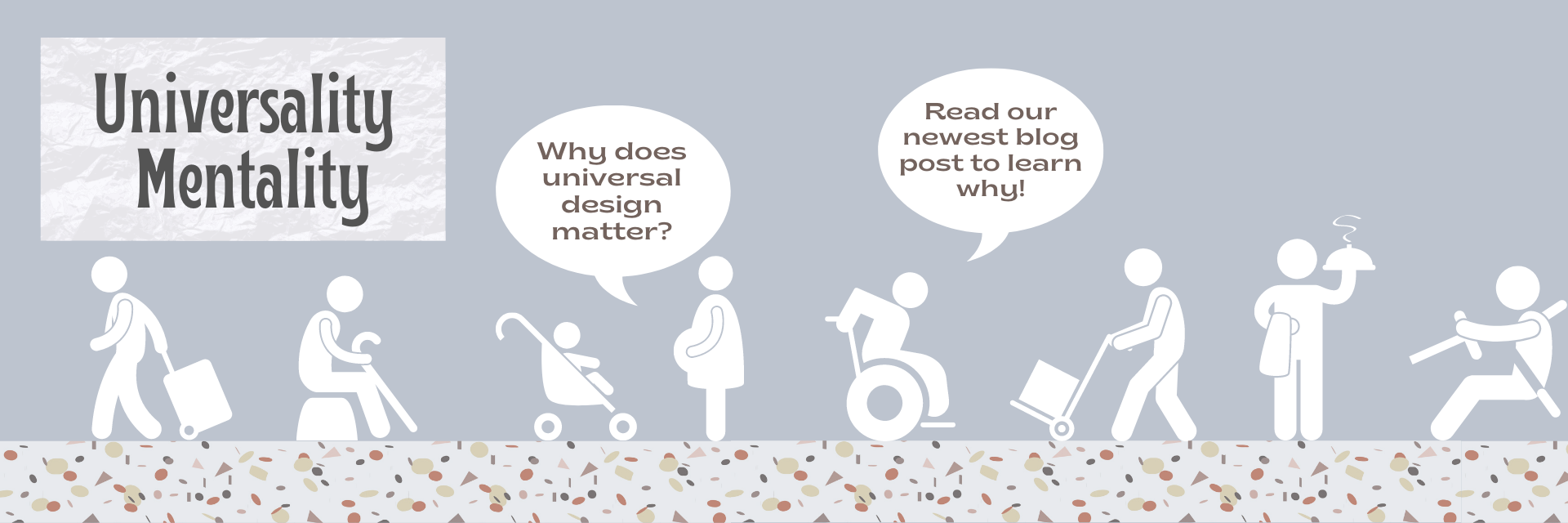
By: Elizabeth Gallmeister
As an able-bodied person, I’ve been afforded a lot of privilege in my life. Until recently, when I looked at a website for example, barriers that impede people with disabilities were invisible to me - I didn’t think about the header structure, or color contrast, or whether photos have sufficient alternative text. I had, and I still have, the privilege of proceeding through my life without facing obstructions in the buildings, materials, and procedures that I frequently access and use.
Honestly, I didn’t begin learning about accessibility because I realized the error in my ways, or because I had a life-altering experience - I learned about it because my boss asked me to help improve our website accessibility. More than anything, I learned about it because it became a part of my job. Even though it isn’t a heroic backstory, I’m thankful to have the knowledge that I do now, and I like knowing that I have a lot more to learn.
Even now that I’ve learned a bit about it, and I am more cognizant of potential barriers to accessibility, I know that I have to hold myself accountable for staying vigilant - the thing about being able-bodied is that at any point, I have the privilege to just stop thinking about accessibility because it doesn’t directly affect me.
When accessible design is considered on a larger scale, there are similar issues - it’s not something that feels relevant or essential to the majority of (able-bodied) people, so it’s often ignored. There’s this false notion that people with disabilities are few and far between, and that their issues are their own to solve. Both aspects of this notion are false - 26 percent, or one in four Americans, live with a disability. Further, solving design flaws for people with disabilities serves people of all backgrounds. There shouldn’t be an aversion to using products designed for people with disabilities - rather, people should use products that serve all (or almost all) people. Accessibility should not be a burden placed on individuals with different needs - accessibility should be a requirement for companies providing services, and an expectation that should be met for all people.
There lies the difference between accessible and universal design. Accessible design must meet the minimum requirements set forth by the ADA and other accessibility policies and legislation, thus being made usable by people with disabilities. Universal design is defined as "the design of products and environments to be usable by all people, to the greatest extent possible, without the need for adaptation or specialized design" (Center for Universal Design at North Carolina State University). Universal design is set up to serve everyone as best as possible, and it minimizes the need for design adaptation later on - it’s accommodating to everyone from the start, and it doesn’t “otherize” people with disabilities. It’s universal. I think the National Disability Authority describes it best: “Simply put, universal design is good design.” It enables businesses, universities, and corporations to be proactive in pursuing equity, rather than reactive, and that’s something to strive for.
In fact, you probably interact with universal design almost everyday without realizing it. For example, entrances to buildings that lack stairs or have automatic sliding doors are both examples of universal design. In both of these cases, the design doesn’t just enable people in wheelchairs to access buildings. It makes buildings more accessible to parents with strollers, delivery people, elderly people with walkers or who lack the strength to open doors, children, and more. It also minimizes the spread of germs for all users. These design choices are equitable - and that’s the way design ought to be.
If you’re an able-bodied person, maybe take a moment to recognize and acknowledge your privilege as you walk through the world. I hope you’re able to get a little bit of a Sixth Sense “I see universal design practices” feeling from reading this, and that you start to notice design choices that you would normally skip over. More than anything, I hope that this piece helps people understand and recognize the importance of universal design, not only for people with a diagnosis or that meet a demographic, but for everyone.
Sources:
CDC: Disability Impacts All of Us
Medium: 5 Problems with Accessibility (And How Universal Design Fixes Them)
DOIT: What is the difference between accessible, usable, and universal design?
Originally Posted: 3 March 2021

